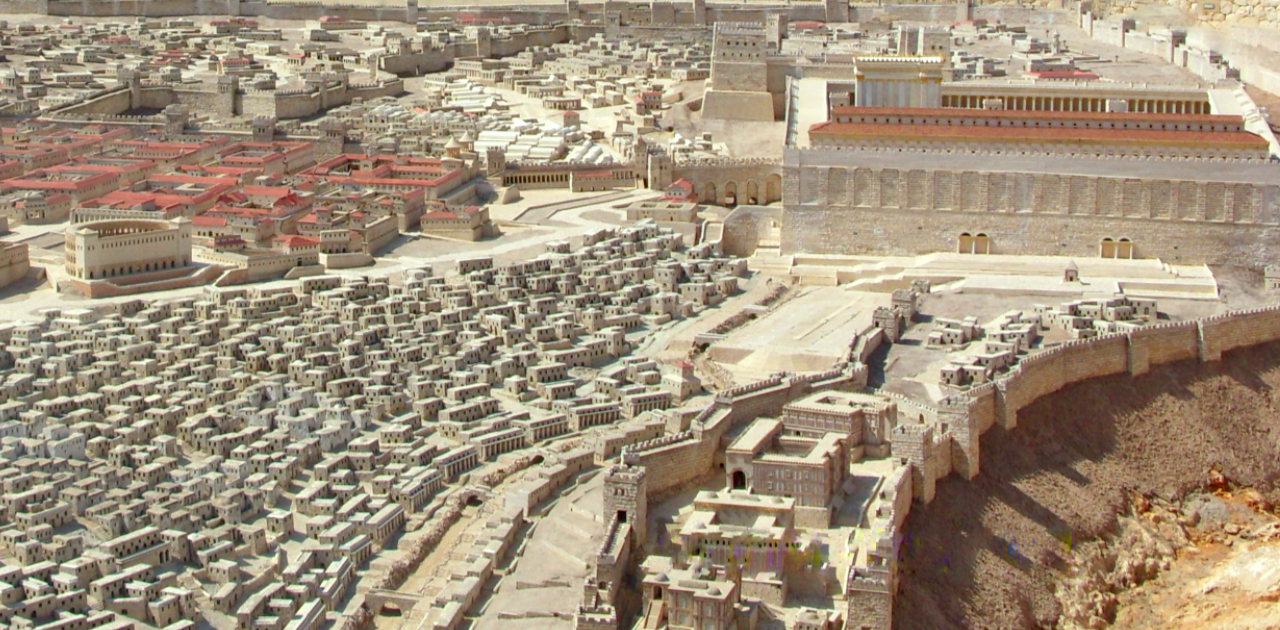Readers of the New Testament often wonder, What was the size of the city of Jerusalem in the days of Jesus? How big was the city, and what was its population? This is a complicated question, and scholars have different ideas regarding the city’s boundaries and the population’s density.

The broad historical and archaeological period in question is called the “Second Temple” period. This refers to the time between the rebuilding of the Jerusalem Temple following the Jews’ return from the Babylonian exile and its destruction by the Romans in A.D. 70. More specifically, we refer to the time within the late Second Temple period into which Jesus was born as “Early Roman” and “Herodian,” after Herod the Great who remodeled the Temple precincts and expanded the Temple Mount beginning in the late first century B.C. This was a period marked by a series of Herod’s great building projects that spanned decades and included stunning marvels of architecture and engineering. The “First” Temple was, of course, the original Temple constructed by King Solomon in the tenth century B.C., during the archaeological period called Iron Age II. The Babylonians destroyed Solomon’s Temple in 586 B.C.
According to the best archaeological estimates, the walled city of Jerusalem during Jesus’ earthly life was about 206 acres (83.5 hectares). In determining a population, certain considerations must be included, such as the fact that people did not live on the large Temple Mount or in the public spaces that surrounded it. If these estimates of the area of Jerusalem during the first half of the first century are close, then the population of Jerusalem in Jesus’ time was probably around 27,000 people. This figure uses a population coefficient that is considered average, that is, neither very generous nor very conservative.
So if you have ever wondered how big was the Temple city where Jesus and his fellow Jews worshipped, here’s a good estimate: the walled city of Jerusalem proper was a little over 200 acres at the time and was home to about 27,000 people.
\


